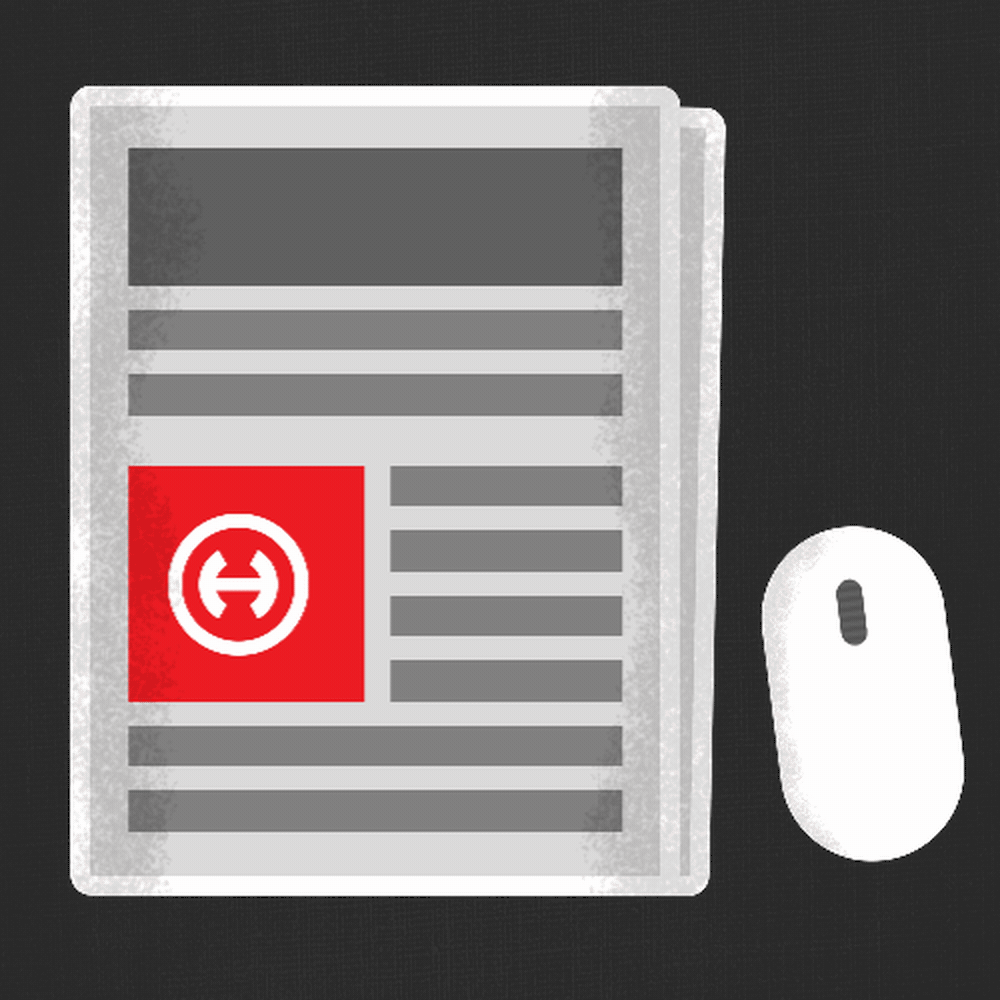When we’re reviewing a website design, it usually doesn’t take long for someone to bring up “the fold.” As in, “Can we move that button above the fold?” But the whole concept of “the fold” is based on a theory from the early days of web design that doesn’t quite hold true today—and, in fact, may not have been true even in the early days.
What “the fold” used to mean
For those who may not be familiar, “the fold” is a term borrowed from newspapers. Since newspapers are folded in half and stacked at newsstands, the top half of the front page (the part that is, quite literally, “above the fold”) is the only thing a passerby might see. So, newspaper editors prioritized the top half of the front page with the most important and compelling stories—hoping to entice them to buy the paper based on the biggest news of the day.
In the early days of the web, sites commonly followed a similar approach—and took it to an extreme, given they weren’t bound by the constraints of paper and ink. Although usability tests at the time indicated otherwise, many web designers believed that scrolling was too difficult and users wouldn’t do it.
Instead of prioritizing and limiting content, web designers sought to feature the hottest topics on the first screen the user saw. The goal was to give the viewer as many reasons as possible to continue exploring—perhaps endlessly. This resulted in short, often overcrowded home pages that were little more than gateways to lower-level pages (and pages … and pages) that held the real content.
As a result, the home pages themselves told very little of their brands’ stories and seldom addressed what their target would want to know—only offering a few clues and a great deal of links for learning more. Essentially, the user had to uncover the brand story piece by piece by navigating through the site.
“The fold” today
Today, two factors make “the fold” a tricky and less consequential concept. First, consumers today have access to a plethora of devices, each with its own screen dimensions. For example, the image below shows the huge amount of variation just among mobile devices.
This means there’s no longer just one “fold,” but hundreds. Even with the best responsive design, we can’t be sure that something will be “above the fold” on every device.
Second, with the advent of scroll wheels and touch screens, scrolling is a mindless activity, and consumers are accustomed to doing it. In fact, a recent analysis of user behavior across 120,000 webpages found that 76 percent of pages are scrolled to some extent, and 22 percent are scrolled all the way to the bottom, regardless of page length. People really do scroll!
A new paradigm: Lead with the best, prioritize the rest
It’s neither practical nor necessary to cram as much disparate information as possible into the first view a consumer sees. Today’s digital designers have latitude to give the content at the top of the page a little breathing room and tell more of the brand story right on the home page.
That doesn’t relieve us of the need to present content thoughtfully, however. Every scroll needs a catalyst, such as interesting and engaging content driven by the target.
Additionally, since content closer to the top of the page will naturally get more eyeball time, we still have to make sure we’re prioritizing content in a way that helps visitors find the most relevant information quickly. In short, we have to lead with the best, most relevant content and prioritize the rest, displaying things more or less in descending order of priority.
This is why it’s common today to see home pages with a single, highly compelling “hero image” at the top of the page and lots of rich content below.
We’re target-centric thinkers here at Hiebing. Rather than letting your home page be a buffet offering something for everyone, we believe considering the tastes of your target audience first and foremost will allow you to tell one coherent brand story on your home page—and tell it very well across devices, including mobile.
While we still want to capture the consumer’s attention by leading with the best content, we no longer have to worry about cramming everything on one screen or maximizing clicks. As long as we understand our target’s motivations and offer a compelling story, users will find what they’re looking for—and easily.

